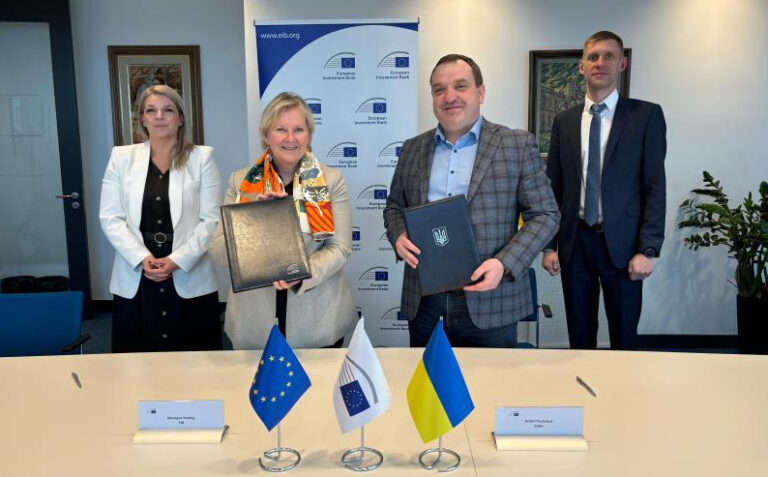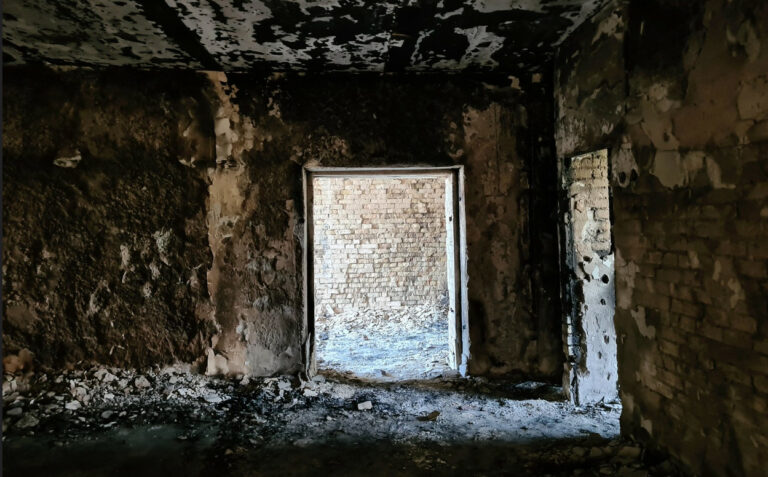
Updated Ukraine Recovery and Reconstruction Needs Assessment says country needs €452.8 billion over the next decade
After almost two years of Russia’s full scale invasion of Ukraine, an updated joint Rapid Damage and Needs Assessment (RDNA3) released today by the Government of Ukraine, the World Bank Group, the European Commission, and the United Nations currently estimates that as of 31 December 2023 the total cost of reconstruction and recovery in Ukraine is €452.8 billion over the next decade, significantly up from the €383 billion estimated one year ago.
In 2024 alone, Ukrainian authorities estimate the country will need around €14 billion for immediate reconstruction and recovery priorities at both the national and community level, with a particular focus on supporting and mobilising the private sector alongside restoration of housing, soft infrastructure and services, energy, and transport.
The RDNA3 says while some €5.1 billion of this funding has been secured, from both Ukraine’s international partners and its own resources, about €8.9 billion is currently unfunded.
“Despite the ongoing full-scale war, the Ukrainian government, with the support of international partners, continues to implement a rapid recovery programme. The execution of the Third Rapid Damage and Needs Assessment (RDNA3) allows us to approach this process more systematically,” said Prime Minister of Ukraine Denys Shmyhal. “We see that the needs for reconstruction have continued to grow over the past year. The main resource for Ukraine’s recovery should be the confiscation of Russian assets frozen in the West. We need to start this process already this year.” He added that the Ukrainian government was now creating conditions to attract private investments, which would accelerate the reconstruction process and transform Ukraine on its path to the EU.
The RDNA3 finds that direct damage in Ukraine has now reached almost $152 billion (€141.6 billion), with housing, transport, commerce and industry, energy, and agriculture as the most affected sectors. Damage is concentrated in the Donetsk, Kharkiv, Luhansk, Zaporizhzhya, Kherson, and Kyiv oblasts, which are the same regions that suffered the greatest damage as reported in the previous assessment.
Across the country, 10% of the housing stock has been damaged or destroyed, prolonging displacement of Ukrainians from their communities. The destruction of the Kakhovka Dam and the hydropower plant in June 2023 has resulted in significant negative impacts on the environment and agriculture, and exacerbated challenges already faced by people struggling to access housing, water, food, health services.
The RDNA3 lists critical investment needs for short-term recovery and medium-term reconstruction. Where possible, the assessment considers and excludes the needs that have already been met through the state budget and support provided by partners and the international community.
“Russia’s war of aggression continues to have far-reaching consequences on Ukraine,” said EU Commissioner for Neighbourhood and Enlargement Olivér Várhelyi. “The EU will continue to play a key role in addressing the short and medium-term challenges identified in today’s RDNA3 report.”
The RDNA3 also highlights the continued need for reforms and policies that catalyse private sector involvement and ensure an inclusive and green recovery, as well as integrating project planning into the medium-term budget planning process.
Find out more
MOST READ
RELATED NEWS
SEE ALSO

EU and UNDP transfer unified electronic case management system software to Ukraine

EIB and Ukraine reinforce safeguards for EU bank’s investments in the country

Chornobyl Nuclear Disaster Anniversary: ‘Let us never forget the past to safeguard our future,’ says EU

EU4Youth Alumni Network hosts IdeaLab in Tbilisi

EU4Youth IV: Strategy of the All-Ukrainian Youth Center presented in Kyiv
More campaign pages:
Interested in the latest news and opportunities?
This website is managed by the EU-funded Regional Communication Programme for the Eastern Neighbourhood ('EU NEIGHBOURS east’), which complements and supports the communication of the Delegations of the European Union in the Eastern partner countries, and works under the guidance of the European Commission’s Directorate-General for Neighbourhood Policy and Enlargement Negotiations, and the European External Action Service. EU NEIGHBOURS east is implemented by a GOPA PACE-led consortium. It is part of the larger Neighbourhood Communication Programme (2020-2024) for the EU's Eastern and Southern Neighbourhood, which also includes 'EU NEIGHBOURS south’ project that runs the EU Neighbours portal.

The information on this site is subject to a Disclaimer and Protection of personal data. © European Union,









